Birch root system

Experts strongly recommend that all gardeners who dream of planting a slender, beautiful birch tree on their site, get acquainted with the features of this tree in advance. Information about the structural features of its root system will not be superfluous, since in the future this information will help to choose the most suitable place for planting a tree.
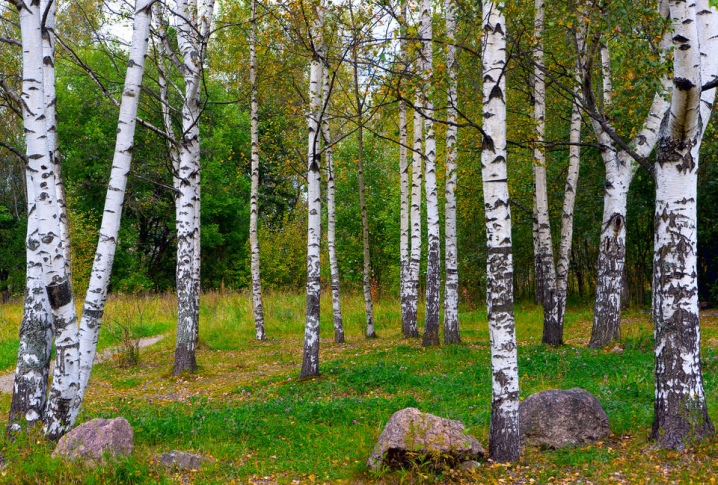
Root system structure
The birch genus includes about 120 species of woody and shrubby plants that are widespread in Eurasia and North America. The height of the smallest representative of this genus varies from 20 to 70 centimeters (dwarf birch), the largest - from 35 to 45 meters (canoe or American birch). Representatives of the genus under consideration have a powerful, well-branched root system.
It is noteworthy that the roots of birch do not rush deep into the ground, but lie mainly along the surface of the earth (most often parallel to underground aquifers).
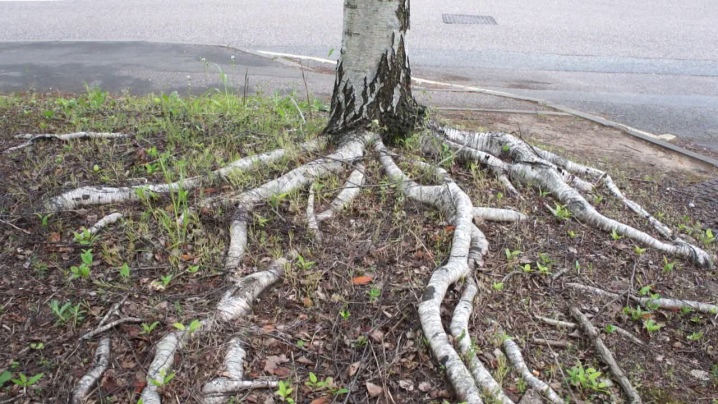
In botany, it is customary to distinguish 2 root systems of plants - the core, inherent in dicotyledonous plants, and the fibrous, which is characteristic of monocots. Birches, which are dicotyledonous plants, have a tap root system. It is represented by the main taproot and many thinner lateral and adventitious (fibrous) roots.
The formation of the root system and the features of its structure depend on factors such as:
- type of birch (its height, root size);
- tree growth conditions (climate and weather conditions, depth of groundwater, soil and air moisture).
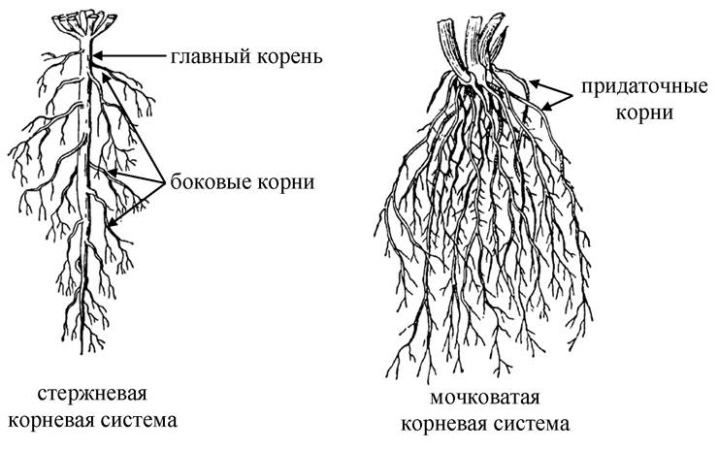
Representatives of the genus birch are moisture-loving plants. In the dry season, birch, thanks to its strong, long and winding roots, is able to receive moisture from aquifers deep underground. In addition, experienced gardeners claim that birch in drought can easily take away precious soil moisture from neighboring plants - grasses, flowers, ornamental shrubs and garden trees. An adult tree can absorb up to 50 liters of water from the soil per day.
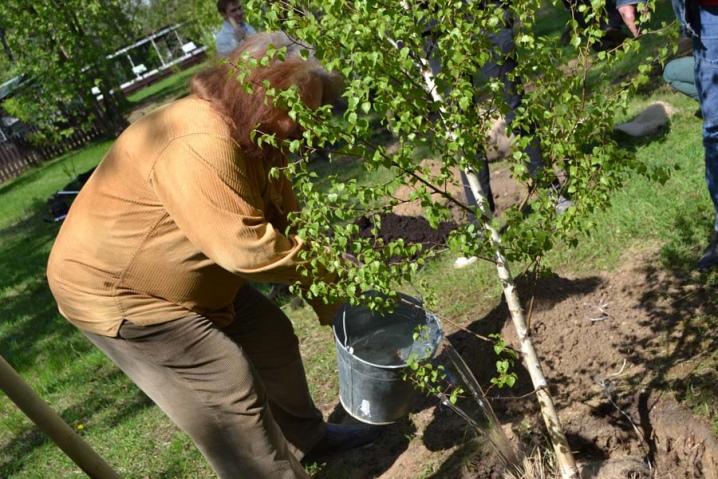
Birches growing in dry areas with deep underground waters are capable of actively growing root mass. This feature allows plants to provide themselves with sufficient moisture in drought. Shallow roots make birch vulnerable to strong wind gusts. Hurricane gusts can knock down an adult birch, and a young tree can be completely uprooted from the ground.
Experienced gardeners argue that young trees that do not have time to build up a sufficient root mass are most often affected by the winds.
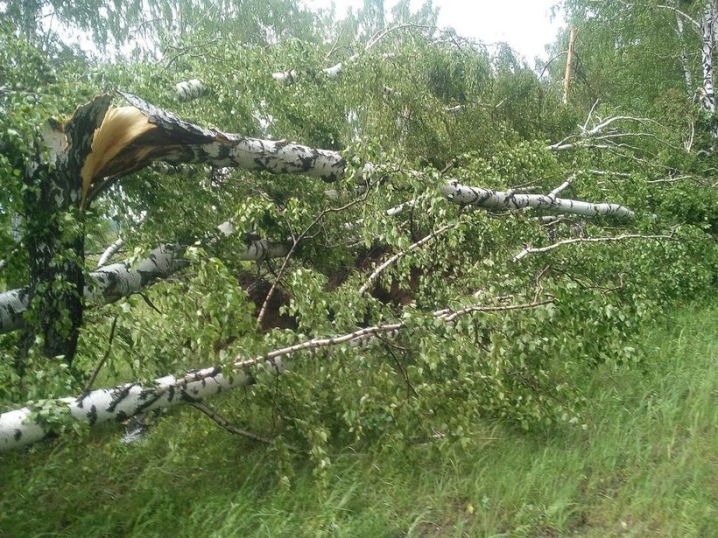
Growth features
The birch root system has one specific developmental feature that manifests itself as the tree grows. It is known that the growth of young birches is extremely slow. This is due to the fact that their taproot, having reached a certain length, at some point begins to gradually die off. Along with this, the growth of lateral and adventitious fibrous roots is activated, transporting moisture and nutrients to the aerial part of the plant.
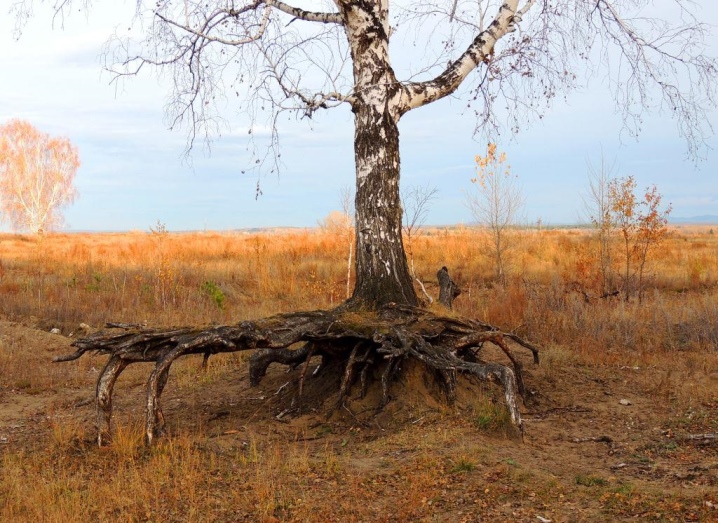
To slow down the growth of birch on a backyard plot, experienced gardeners recommend regularly cutting the crown of the tree and digging it around the perimeter, shortening the lateral roots... Thanks to these simple procedures, the tree in the garden will grow more slowly and take on an attractive appearance.
Impact on landing
Experienced gardeners recommend taking into account all the features of the birch root system even in preparation for planting it on a personal plot. One of the most important steps is choosing the right place for planting the tree. A wet area with a high level of groundwater is ideal for this. Birch planted on such a site will actively absorb excess water, thereby contributing to the drainage of the area.
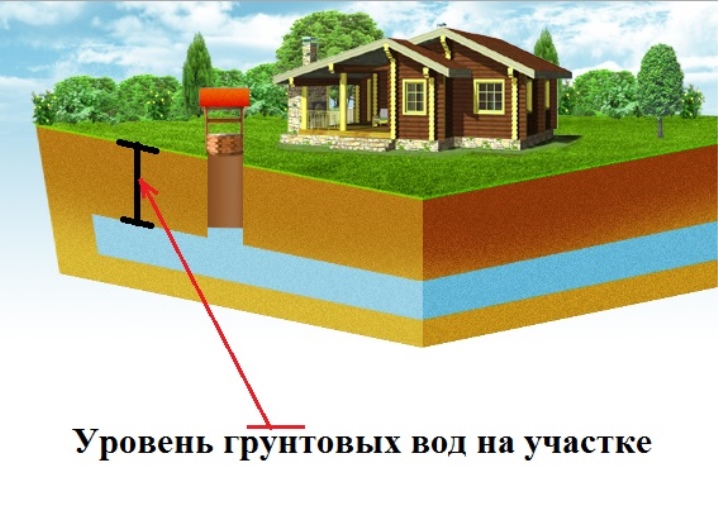
When planting a seedling in areas with sandy soils or on hills where the water does not stagnate for a long time, it is necessary to ensure that the distance between the birch and the nearest cultivated plantations is at least 3 meters. In this case, the growing tree will not take water from its green neighbors.
It is strongly not recommended to plant birch trees near fences, residential and non-residential household buildings, wells, wells, utilities (sewer wells, septic tanks, water and gas pipelines). Experts explain this recommendation by the fact that the roots of birches, as they grow, can begin to struggle with obstacles that arise in their path. As a result, the root system of an adult tree over time can partially destroy the foundation of the building, disrupt the integrity of a well or well, deform or damage pipes.
In addition, it is not recommended to plant birch trees near buildings and communications also due to the increased wind-blowing rate of trees.
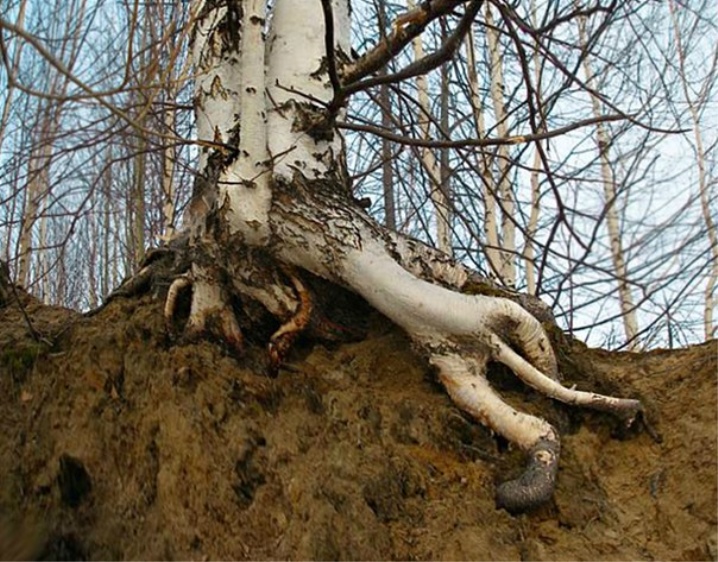
Dry areas are poorly suited for birch, where there is a persistent deficiency of soil moisture (especially if cultivated plants are already growing there). In this case, the birch will absorb and consume the already meager supply. The rest of the plants, experiencing a lack of moisture, will begin to dry, turn yellow, shed their foliage. In such a situation, moisture-loving plants can get sick and die.
When planting a birch seedling, it is extremely important to carry out the entire procedure as carefully as possible so as not to damage the roots. It is strongly not recommended to deepen the root collar of the seedling when planting.

For planting seedlings, you should choose not only sunny and damp places, but also places that are reliably protected from wind and drafts. It is important to take into account that in the first years of life, a young birch tree can be seriously affected by gusts of wind. For this reason, some owners of ventilated areas erect special windbreaks around their estates.



































































The comment was sent successfully.